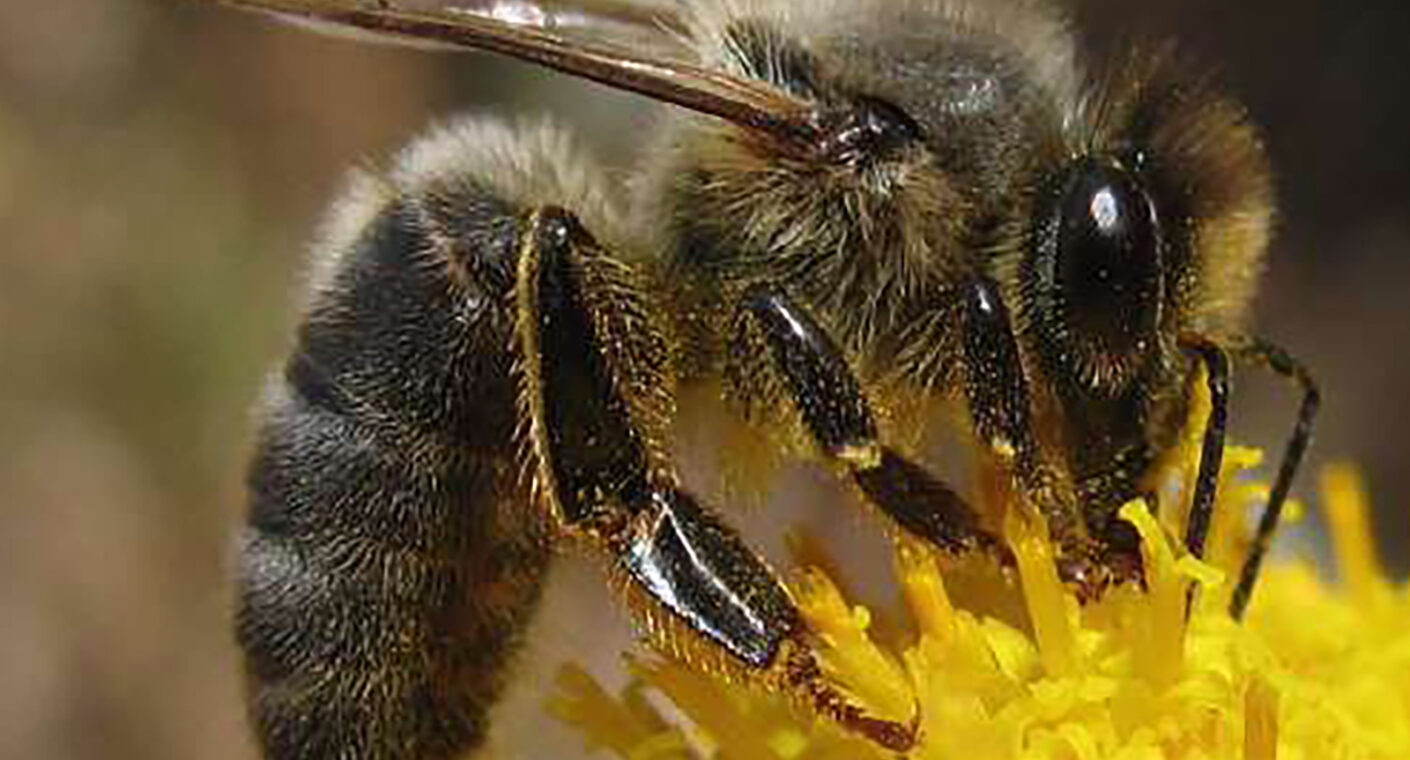European Dark-breasted Bee
The European Dark-breasted Bee: Ancestral Guardian of Northern Climates
The European dark-breed bee, scientifically known as Apis mellifera, is a subspecies of the western honey bee native to much of northern and central Europe. For thousands of years, it was the predominant bee in regions such as Germany, France, the United Kingdom, and Scandinavia, until the introduction of foreign breeds and intensive beekeeping drastically reduced its presence.
Origin and Distribution:
This bee is the result of natural adaptation to the cold, humid climates that characterize much of Europe. Historically, its distribution range extended from the Pyrenees to southern Scandinavia and from Ireland to the Urals.
Physical Characteristics:
Color: Dark, brown, or black, with little or no yellow bands on the abdomen.
Body: More robust and compact than other subspecies.
Wings: Relatively short in proportion to the body.
Hair: Abundant body hair that helps conserve heat.
Behavior and Adaptation:
The European dark honey bee is a specialist in surviving long, harsh winters. It consumes reserves very efficiently during winter and maintains flight activity even in lower temperatures than other races. It is also adapted to take advantage of short flowering periods, allowing it to thrive in unpredictable climates.
Relationship with Beekeeping:
Although it has been displaced in much of Europe by races such as the Carnica honey bee (Apis mellifera carnica) and the Italian honey bee (Apis mellifera ligustica), many beekeepers and conservationists maintain it in breeding programs and genetic reserves to preserve its valuable genetic pool.
Its advantages include:
High resistance to cold and humidity
Low feed consumption in winter
Good resistance to some diseases
Among its disadvantages for intensive beekeeping is that, if not carefully selected, it can display a more defensive temperament and a tendency to swarm.
Ecological Importance and Conservation:
The European dark honey bee represents a highly valuable genetic and cultural heritage. Its disappearance would jeopardize the genetic diversity of Apis mellifera and the bees’ ability to adapt to changing climatic conditions.
Therefore, several European countries have protected zones where hybridization with other breeds is prevented, and breeder associations are working to select docile and productive specimens without losing their natural adaptations.


2 Comments
https://shorturl.fm/LxHYS
https://shorturl.fm/FOrua